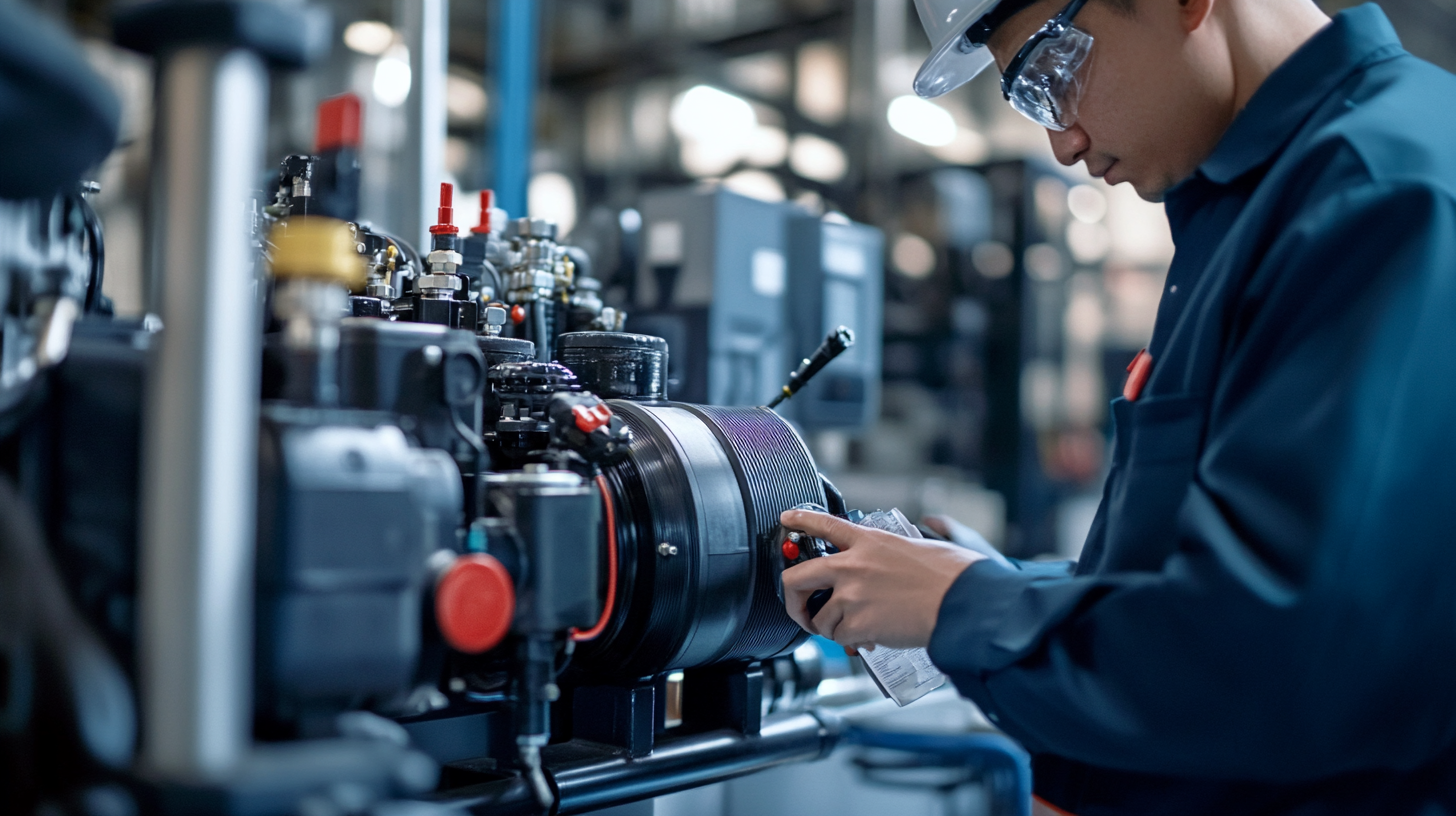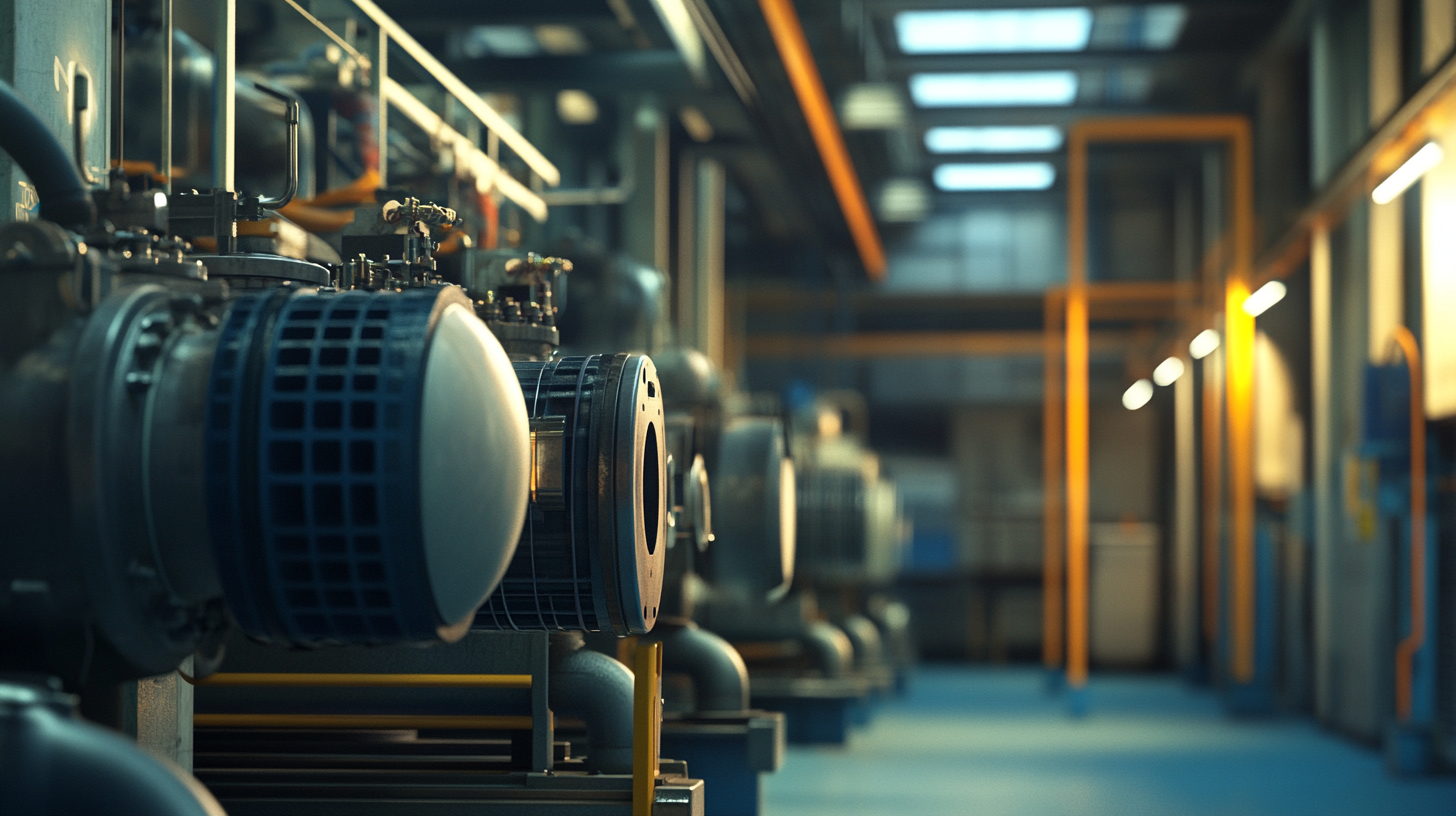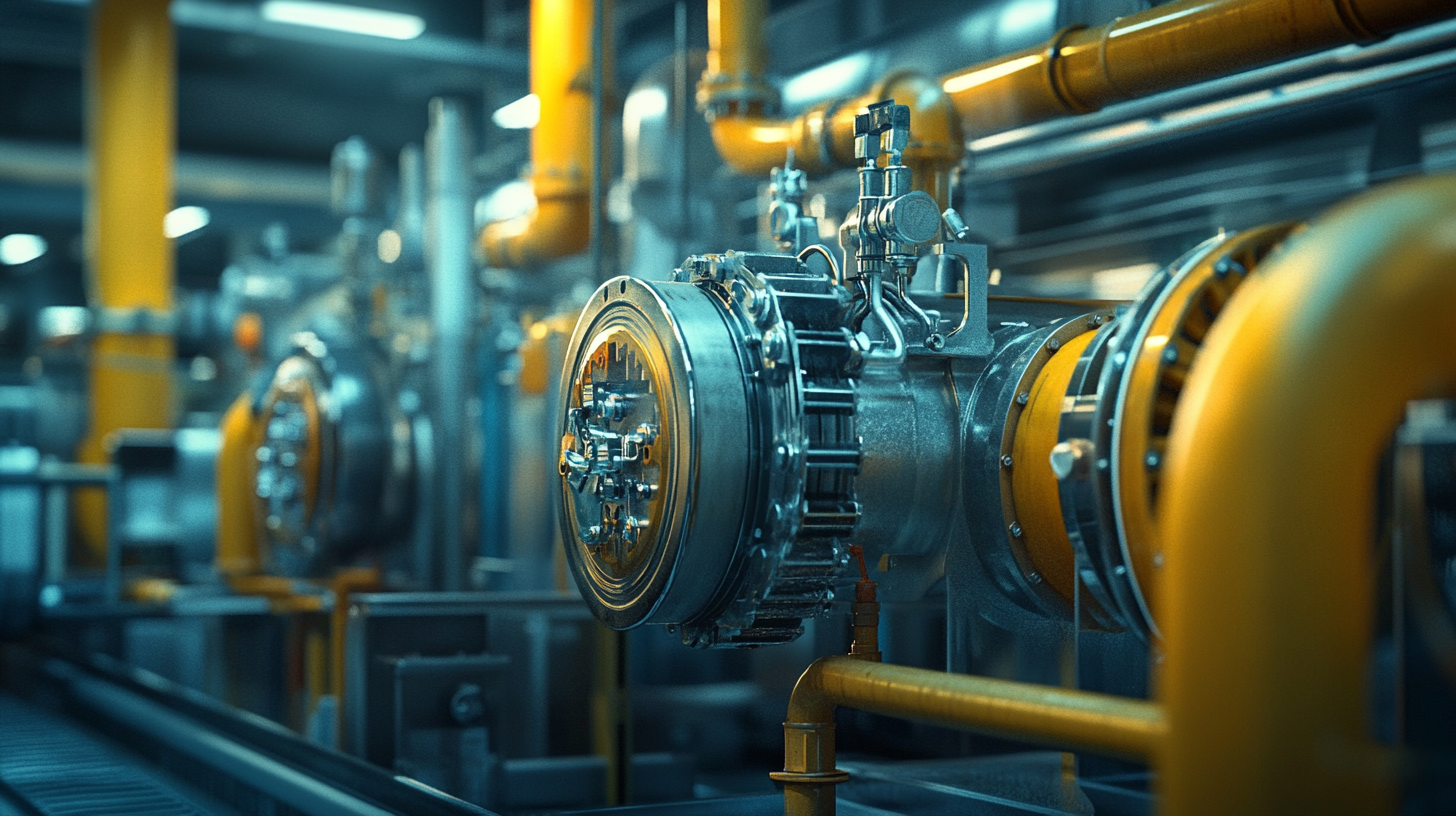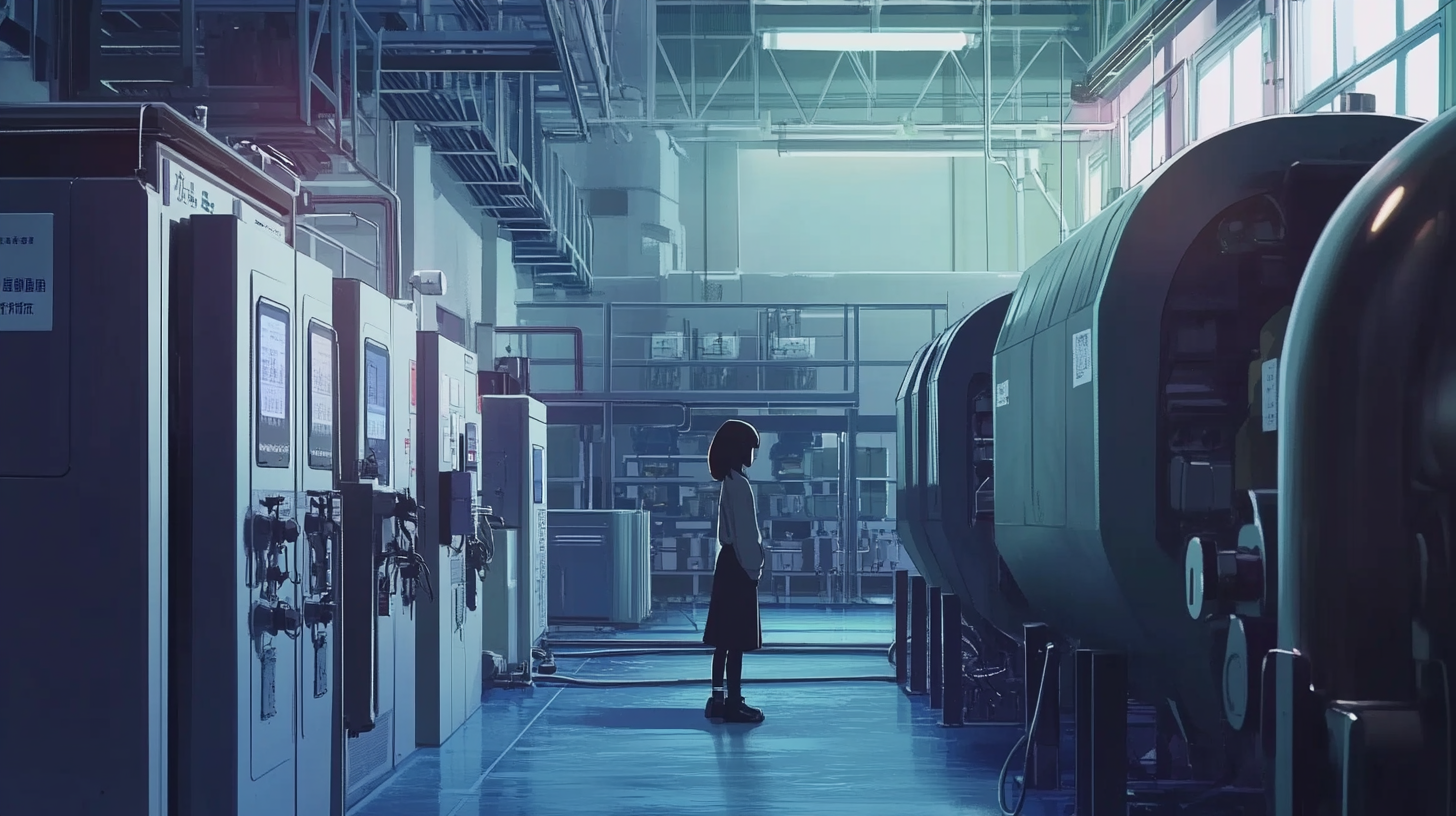
- sales@bjbod.com
- Mon - Sat at 7:00AM to 9:00PM

In today’s fast-paced manufacturing landscape, operational efficiency is paramount for businesses striving to remain competitive. One of the most effective ways to enhance productivity while significantly cutting costs is through the implementation of Gas Air Compressors. These industrial powerhouses not only provide reliable compressed air for various applications but also offer a compelling solution for manufacturers looking to optimize their operations and reduce overhead expenses. By harnessing the power of Gas Air Compressors, companies can streamline processes and ultimately achieve a remarkable reduction in operational costs by as much as 30%.
As manufacturers continue to seek innovative ways to improve efficiency and sustainability, the capabilities of Gas Air Compressors cannot be overlooked. These advanced systems are designed to improve energy utilization, reduce waste, and streamline maintenance requirements. In this blog post, we will explore how leveraging Gas Air Compressors in manufacturing not only leads to substantial cost savings but also contributes to a more sustainable and efficient operational framework. Join us as we delve into the mechanics, advantages, and transformative impact of Gas Air Compressors on the manufacturing sector.

The manufacturing sector is witnessing a significant transformation with the adoption of gas air compressors, which have proven to be a game changer in streamlining processes and reducing operational costs. These compressors not only enhance efficiency but also contribute to substantial savings, with studies indicating that they can lower operational costs by as much as 30%. This reduction is essential as manufacturers grapple with rising expenses and the need for more efficient production techniques. Gas air compressors come equipped with advanced technology that facilitates more consistent operations, reducing downtime and maintenance costs. The global air compressor market is projected to grow from $18.96 billion in 2025 to $29.31 billion by 2032, demonstrating a robust compound annual growth rate (CAGR) of 6.4%. This growth reflects the increasing reliance on air compressors in various industries, especially manufacturing, where efficiency is paramount. Moreover, the advantages of gas air compressors extend beyond mere cost savings. They provide a cleaner, emission-free alternative to traditional pneumatic controllers, aligning with the industry's shift toward more sustainable practices. As manufacturers navigate environmental challenges, gas air compressors represent a pivotal solution that not only meets operational needs but also addresses broader climate concerns. With their ability to enhance efficiency while minimizing environmental impact, investing in gas air compressor technology is becoming a priority for forward-thinking manufacturing operations.

In the competitive landscape of manufacturing, operational costs often dictate the overall profitability of a business. One significant advancement that has gained traction in recent years is the use of gas air compressors. These machines not only enhance efficiency in production processes but also play a crucial role in driving down costs—by as much as 30%. Analyzing this cost reduction can provide manufacturers with insights into their potential savings.
Gas air compressors operate by utilizing natural gas, which is generally more affordable than traditional electricity. This allows for substantial savings on energy bills. Additionally, the efficiency of these compressors reduces downtime and maintenance costs, leading to increased productivity. By minimizing the frequency and intensity of repairs, gas air compressors contribute to longer operational periods, which directly translates to savings on labor and replacement parts.
Moreover, the implementation of gas air compressors can streamline various manufacturing processes, from powering pneumatic tools to operating automated equipment. This versatility not only enhances workflow but also ensures an uninterrupted supply of compressed air, reducing waste and inefficiencies. As manufacturers continue to seek ways to improve their bottom lines, the adoption of gas air compressors stands out as a strategic move that is both economically sound and operationally beneficial.

As manufacturers continually seek ways to improve efficiency and reduce costs, the comparison between gas air compressors and traditional air compression systems has gained significant attention. According to a report by the Compressed Air and Gas Institute (CAGI), traditional air systems can waste between 20% to 30% of energy through leaks, pressure drops, and inefficient operational practices. In contrast, gas air compressors utilize a more streamlined approach, which not only minimizes energy losses but also enhances operational reliability.
In terms of performance, gas air compressors typically deliver higher pressure levels and greater flexibility, allowing for better adaptation to varying production demands. A study published in the Journal of Industrial Engineering demonstrates that switching to gas-powered systems can improve operational efficiency by as much as 40%. This efficiency translates directly into lower energy costs, as gas compressors generally consume less energy per output unit than their traditional counterparts.
Moreover, the shift toward gas air compressors is supported by findings from a recent market analysis by Research and Markets, which projected a 30% decrease in operational costs for manufacturers who switch from conventional air systems. With continuous advancements in gas compression technology, these systems not only support sustained manufacturing growth but also contribute to a greener operational footprint—an increasingly important factor for companies navigating regulatory requirements and consumer preferences for sustainability.

In recent years, gas air compressors have emerged as a pivotal technology in enhancing operational efficiency within the manufacturing sector. A series of case studies highlight how leading manufacturers have harnessed these compressors to achieve substantial cost savings and operational improvements. For instance, a major automotive manufacturer reported a 30% reduction in energy costs after implementing gas air compressors, effectively streamlining their production processes and minimizing downtime.
One notable success story is a company in the food processing industry that adopted gas air compressors to improve their packing operations. By doing so, they not only increased their output by 25% but also saw a significant reduction in maintenance costs, saving approximately $200,000 annually. According to a 2022 industry report by the International Compressor Manufacturing Association, utilizing gas air compressors can reduce energy consumption by up to 40%, underscoring their role in promoting sustainability and cost efficiency.
Further illustrating this trend, a chemical manufacturing facility implemented gas-powered compressors to replace traditional electric units and witnessed improvements in overall system reliability. Their annual operational costs dropped by an impressive 20%, enabling them to allocate resources more effectively and invest in additional automation technologies. The transition to gas air compression illustrates a profound shift towards operational excellence in manufacturing, validating the claims that modern compressor technology is not just an upgrade but a strategic necessity.
The landscape of manufacturing is continuously evolving, and gas air compression technology is at the forefront of this transformation. As industries strive for greater efficiency and cost-effectiveness, innovations in gas air compressors are emerging that promise to revolutionize operational practices. Recent advancements focus not only on enhancing performance but also on integrating smart technologies that monitor and optimize air usage in real-time.
One of the most exciting trends in gas air compression technology is the advent of IoT-enabled compressors. These smart systems offer manufacturers the ability to gather and analyze data from their compressed air systems. By employing predictive maintenance strategies, companies can identify potential issues before they escalate, thereby reducing downtime and repair costs. Additionally, automated adjustments based on production demands lead to more efficient energy usage, further driving down operational costs.
Another significant trend is the development of more environmentally friendly compressors. Innovations such as variable speed drives and energy recovery systems are becoming increasingly popular, allowing manufacturers to align their operations with sustainability goals. These technologies not only enhance energy efficiency but also help companies reduce their carbon footprint, appealing to a market that is progressively favoring eco-conscious practices.
As these trends continue to shape the future of gas air compression in manufacturing, it’s clear that embracing these innovations can lead to significant operational advantages. By making smart investments in advanced technologies, manufacturers can unlock new levels of efficiency and cost savings, securing their competitiveness in a rapidly changing market.